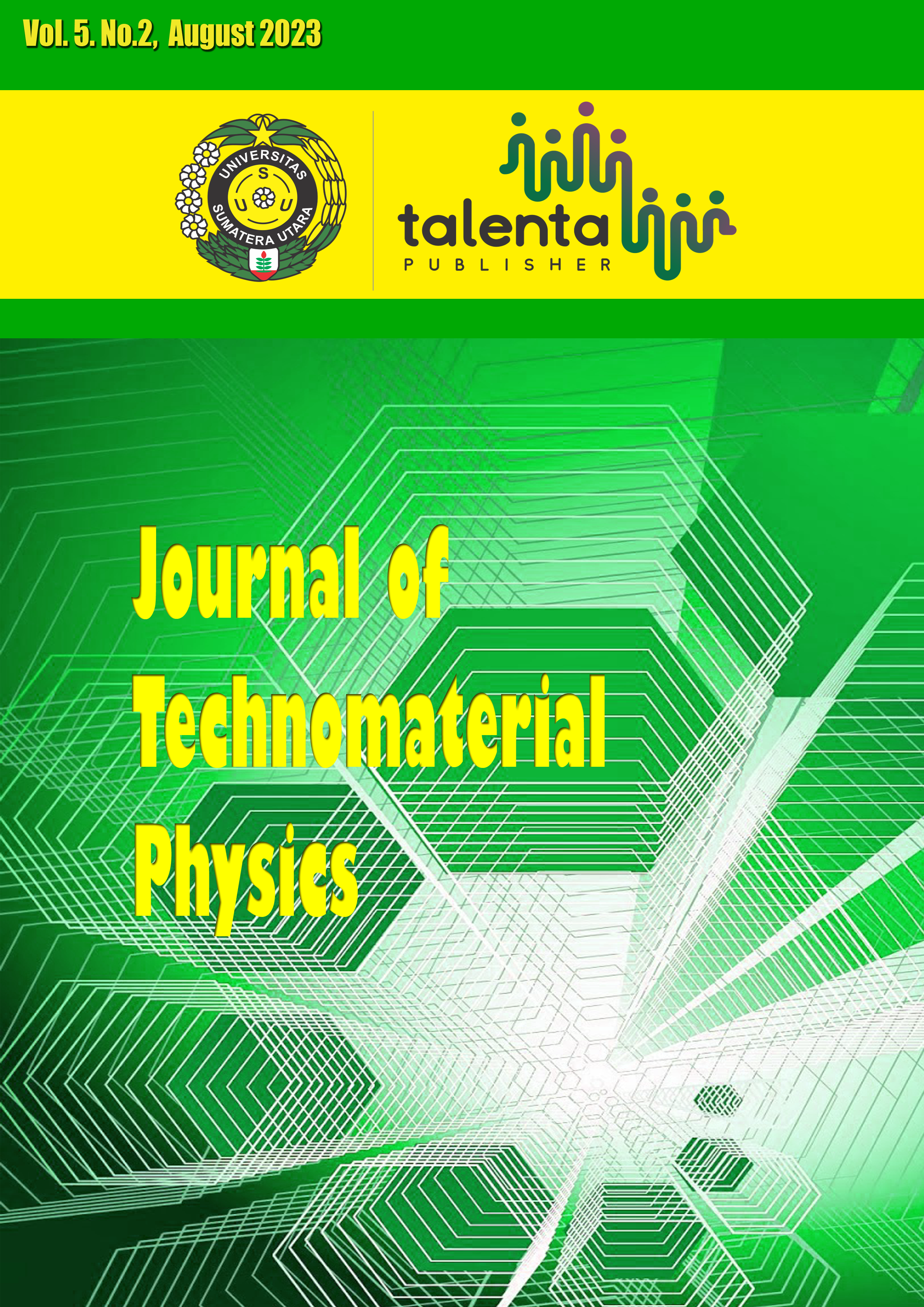Preparation and Characterization of Chitosan/Reduced Graphene Oxide Film as a Sensing Material
DOI:
https://doi.org/10.32734/jotp.v5i2.13306Keywords:
Chitosan, Reduced Graphene Oxide, Sensing Material, Shrimp ShellAbstract
Sensing materials are crucial in a wide range of fields, including environmental monitoring, healthcare, security, and industrial applications. By leveraging their specific properties, sensing materials enable the development of innovative sensing devices and systems for improved detection, monitoring, and control of various parameters in our environment. This study aimed to prepare the chitosan/reduced graphene oxide film as sensing materials using a simple casting method. The reduced graphene oxide (rGO) was mixed with chitosan (CS), consisting of a concentration ratio of 200, 250, 300, 350, and 400 ppm. Three characterizations were used to describe the formed CS/rGO films, namely, Fourier transform infrared (FTIR), X-ray diffraction (XRD), and cyclic voltammetry (CV). FTIR and XRD analysis results were successfully performed, which showed that the process of loading of rGO and the film fabrication occurred in the physical interaction. The CV test also showed that the CS/rGO modified electrode has high sensitivity in PBH pH 7 and can be applied as a sensing material.
Downloads
Downloads
Published
Issue
Section
License
Copyright (c) 2023 Journal of Technomaterial Physics

This work is licensed under a Creative Commons Attribution-ShareAlike 4.0 International License.








